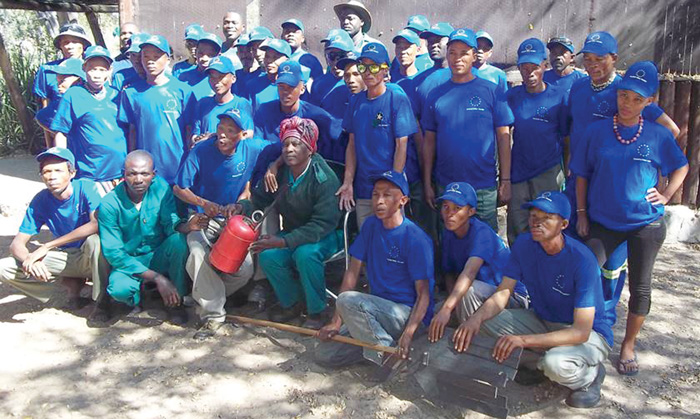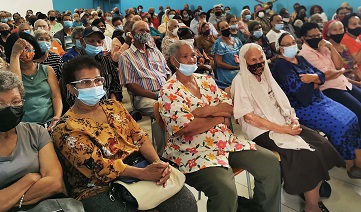
Do more for children: UNICEF
Urbanisation leaves hundreds of millions of children in cities and towns excluded from vital services, the United Nations Children’s Fund (UNICEF) warns in its report, The State of the World’s Children 2012: Children in an Urban World.
Although, literacy rates in urban areas are higher than in rural areas, children in urban areas are particularly more at risk of dropping out of school early. Slightly over 60% and over 40% of urban and rural areas have left school, with the proportion of those still in school more in rural areas than in the urban areas.
Therefore UNICEF is urging the government to put children at the heart of urban planning and to extend and improve services for all, and while governments at all levels can do more, community-based action is key to success.
Anthony Lake, UNICEF executive director said: “Urbanisation is a fact of life and we must invest more in cities, focusing greater attention on providing services to the children in greatest need.”
More than 50% of the world’s population now lives in urban areas and this number continues to grow as urbanisation is inevitable. By the year 2050, two thirds of the world’s people are expected to live in towns and cities.
Namibia, one of the least densely populated countries in the world, has the majority of its population living in rural areas and like other developing countries, it is experiencing a high movement of people from rural to urban areas. Windhoek was reported to be home to a total urban population of 223,364 in 2001.
With an annual rate of approximately 2%, the country’s capital is expected to comprise about 25% of the national population by 2030 with an estimated population of over 800,000.
In addition, in regions like the Ohangwena , Omusati, Oshana, and the Oshikoto populations have continued to grow steadily since independence. The Oshakati population at independence was 25 000, but by 2009 it had doubled to 50 000.
Approximately one-third of urban inhabitants is reported to live in informal settlements. This presents a critical challenge related to poverty, employment, access to clean drinking water, sanitation, health and education.
The report calls for greater recognition of community-based efforts to tackle urban poverty and gives examples of effective partnerships with the urban poor, including children and adolescents.











































